|
"The place of worship is, inevitably,
a center of community life, and remains so despite what some people would have us believe about the increasing secularism
of our society. At a time when traditional values and institutions, above all the family, are under threat from a range of
different outside pressures, a place where we come together and share ideas, aspirations and feelings is incredibly important."
HRH The Prince of Wales
"An Example to All Faiths"
(London Mosque, 23rd of November 2001)
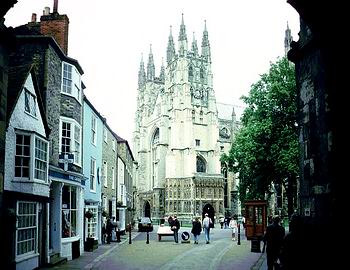
Canterbury Cathedral
(Photo by Mary Ann Sullivan)
"If the city is the place where God rests,
the cathedral is the place, where in the same time, his creatures can rest. Originally God manifested himself in natural phenomenas
and only later did men retain that the same God should be honoured in a more appropriate setting.
They founded the cities so that
they should become his residence and manifestation. Finally it was found necessary to build a temple, a delimited place where
God could stay comfortably and men with him."
Antonella Roversi Monaco
"I Segreti delle Cattedrali"
(De Vecchi Editore, Milano)
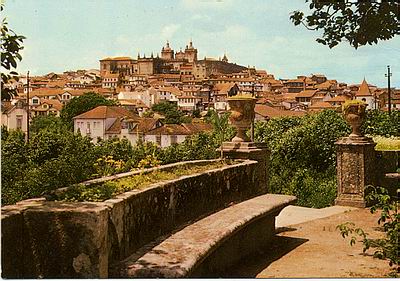
The City and the Cathedral, Viseu, Portugal
(Postcard picture by Lifer-Porto)
"In 'De Civitate Dei' Saint Augustine,
church father and authoritative philosopher, distinguishes two cities, one terrestrian and the other one celestial.The first
one is a human construction, imperfect by nature, with deviations and defects, and the second one follows the laws of perfection
and is governed by love for God, our fellow-citizens and ourselves. The cathedral can be considered an earthly manifestation,
almost a reflection of God's city. She is infact a monument which produces positive effects and leads the visitors to
attitudes which can liberate him from the narrowness of human logics, suggesting that freedom of divine origin is within
human reach."
Antonella Roversi Monaco
"I segreti delle Cattedrali"
(De Vecchi Editore, Milano)
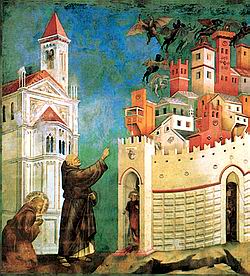
San Francis liberates Arezzo of its Demons
(Fresco in the Superior Basilica, Assisi)
Religion and Community
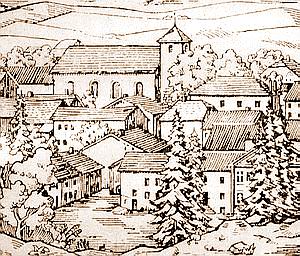
Esch-sur-Alzette, Luxembourg (1860)
(Historic Woodcut View)
"Look at the origin of the word: either
'relegere', to read again, or 'religare', to bind. People not bound by an aspiration to improve each member of the community
according to standards of the good and beautiful cannot build a city."
Carrol William Westfall
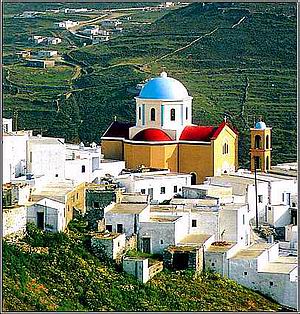
Monastery Taxiarhes, Serifos, Greece
|
